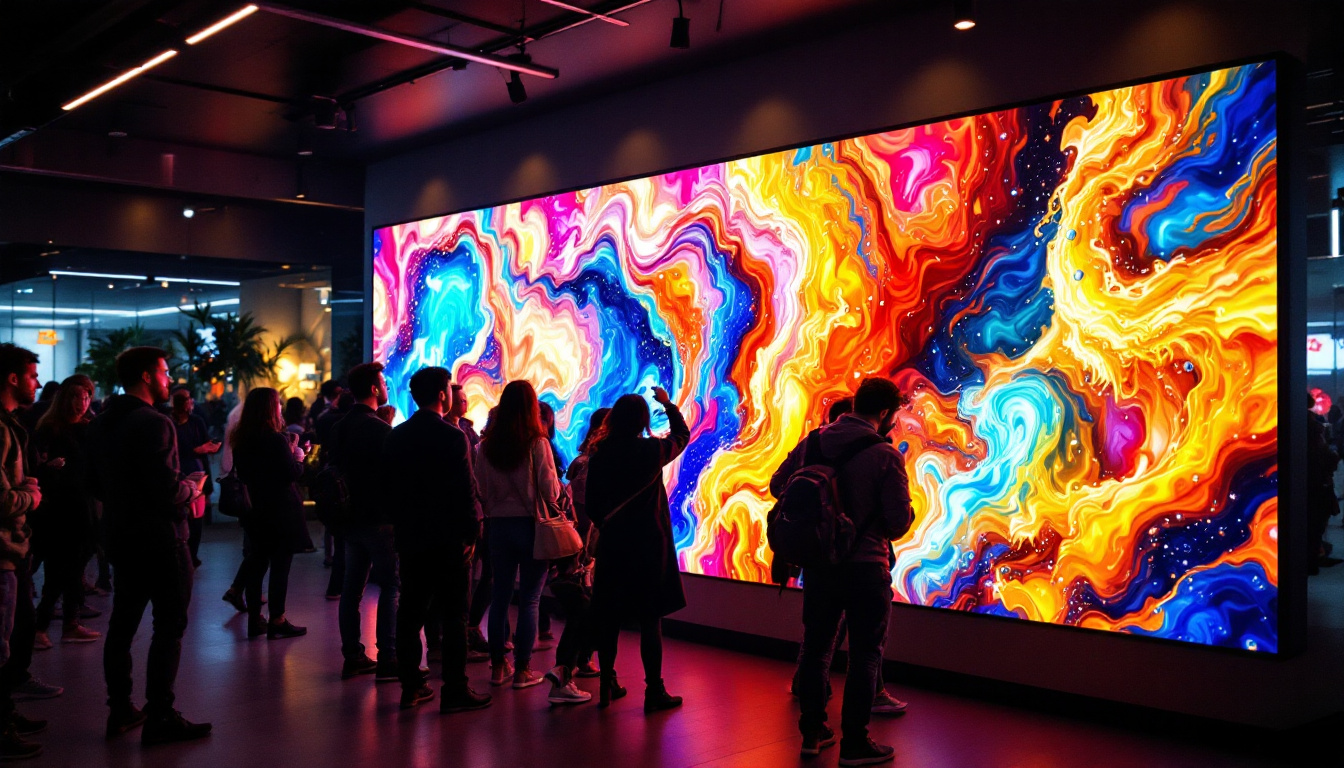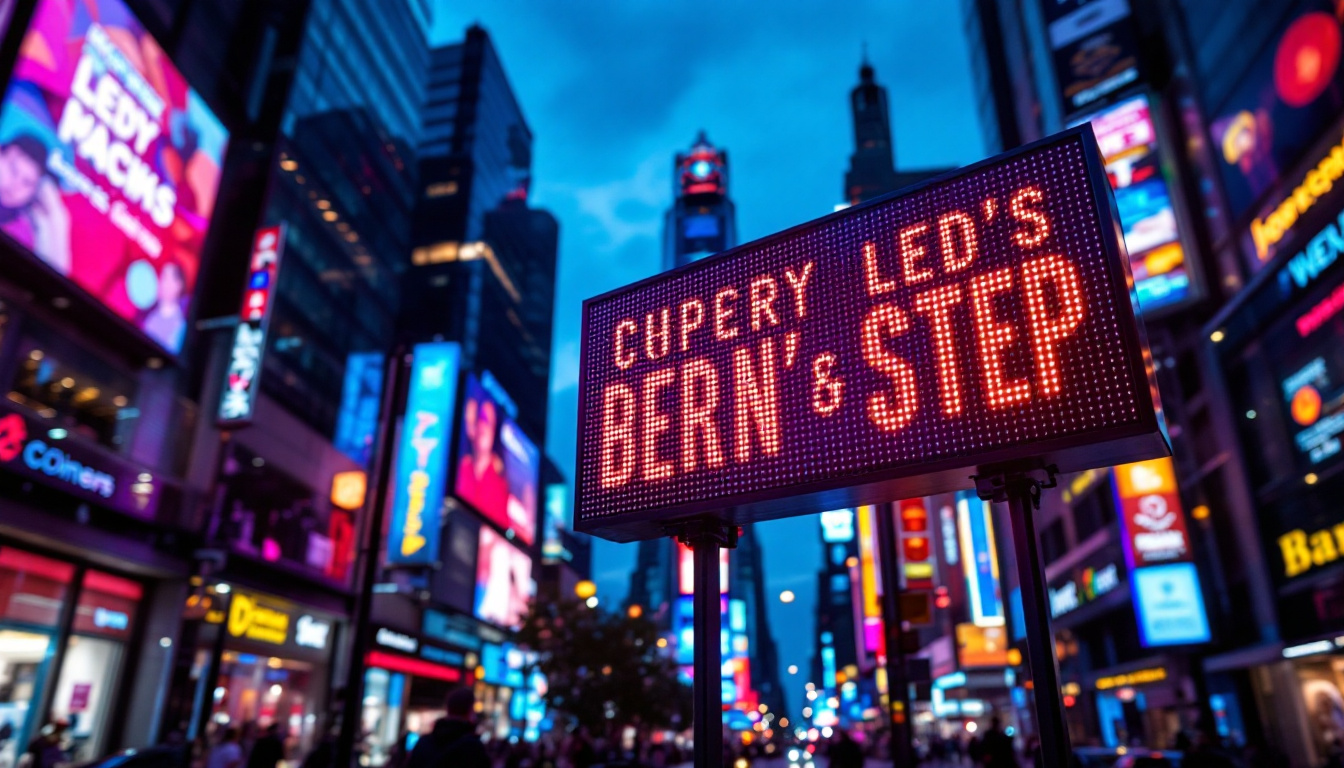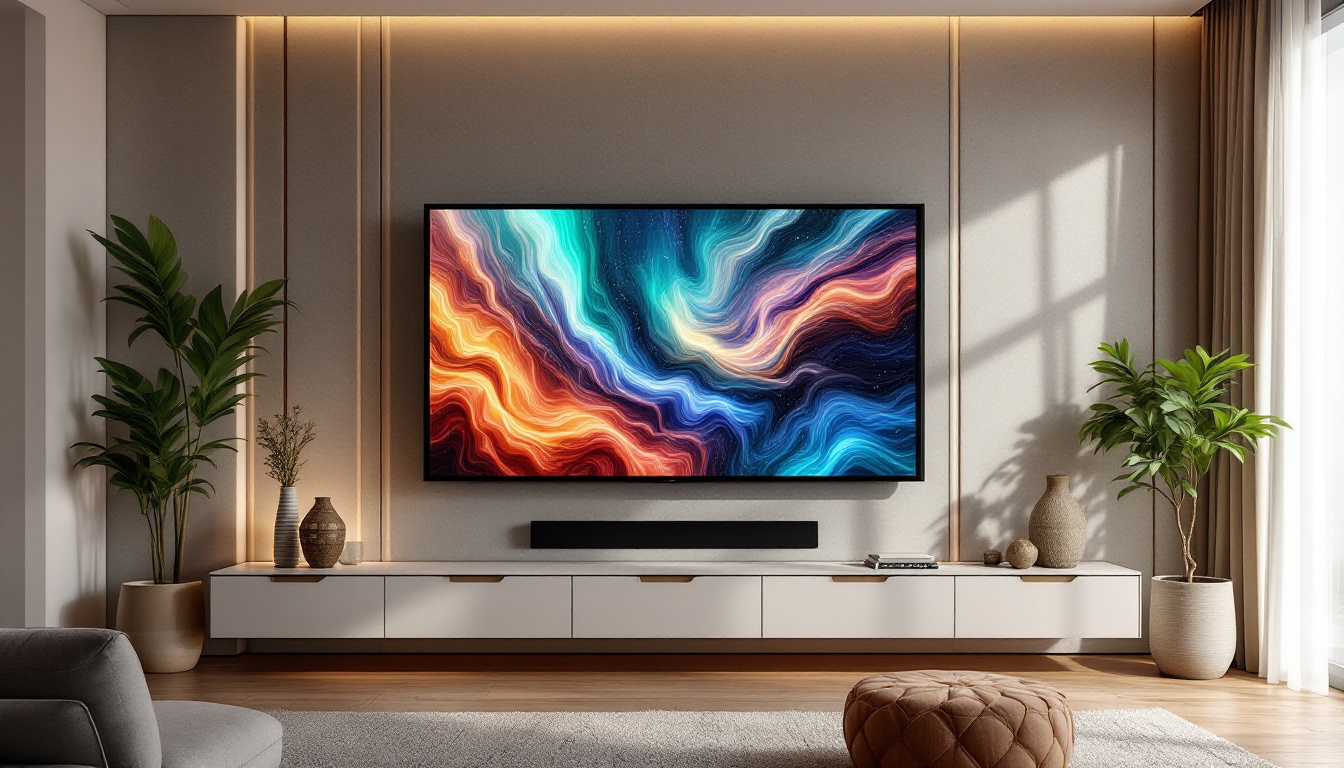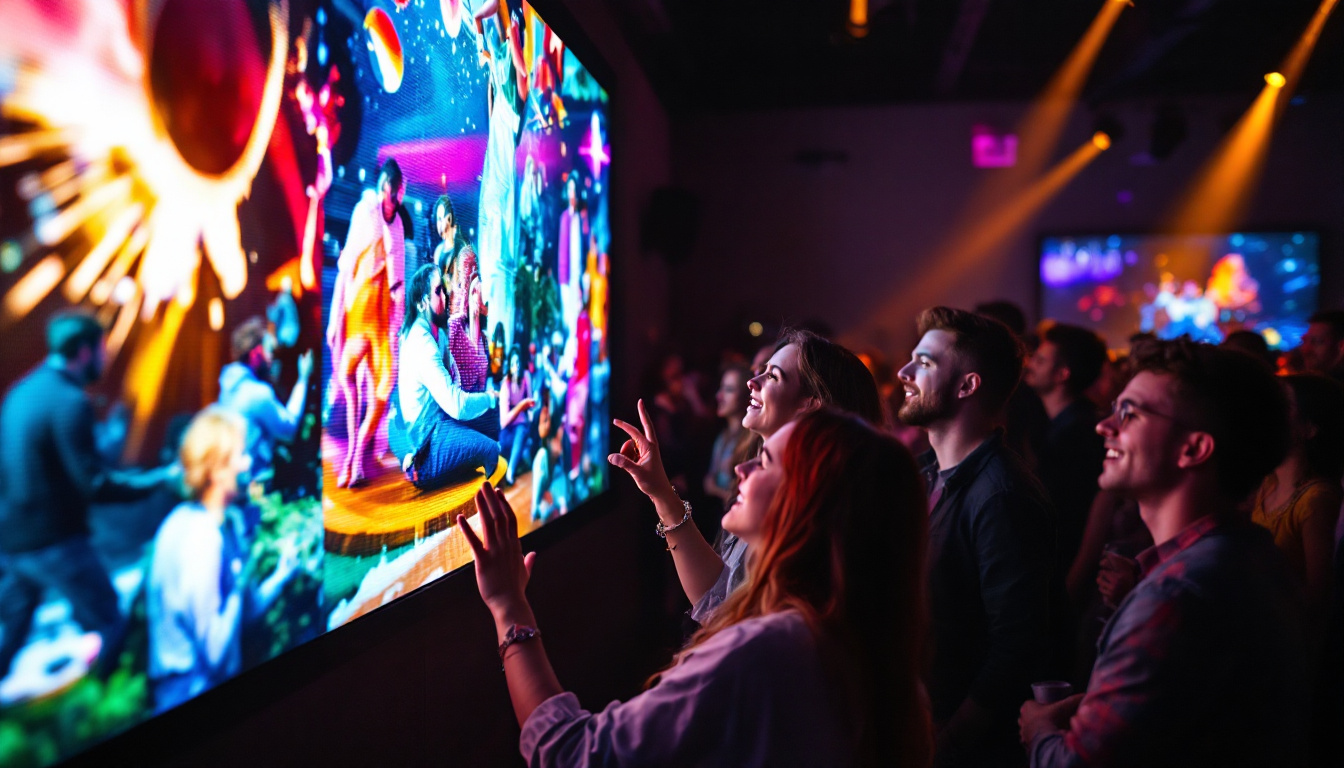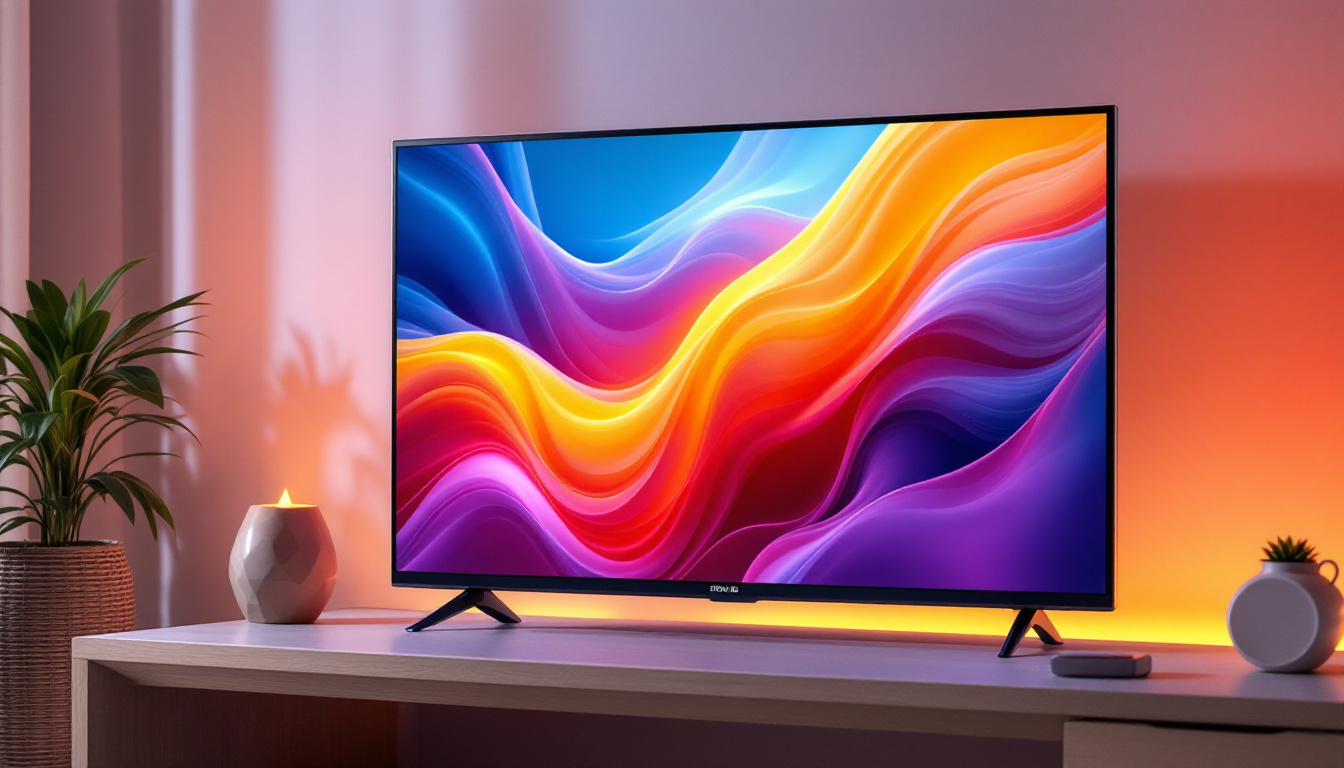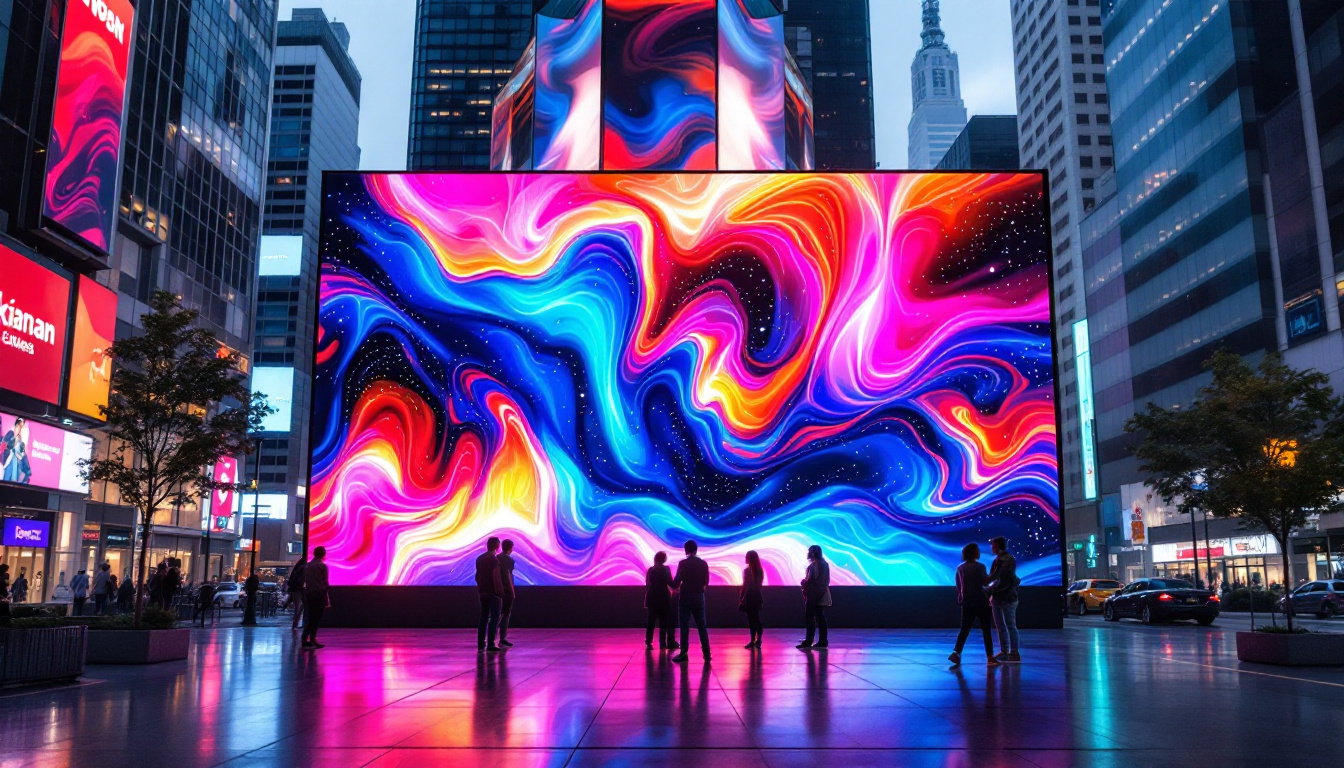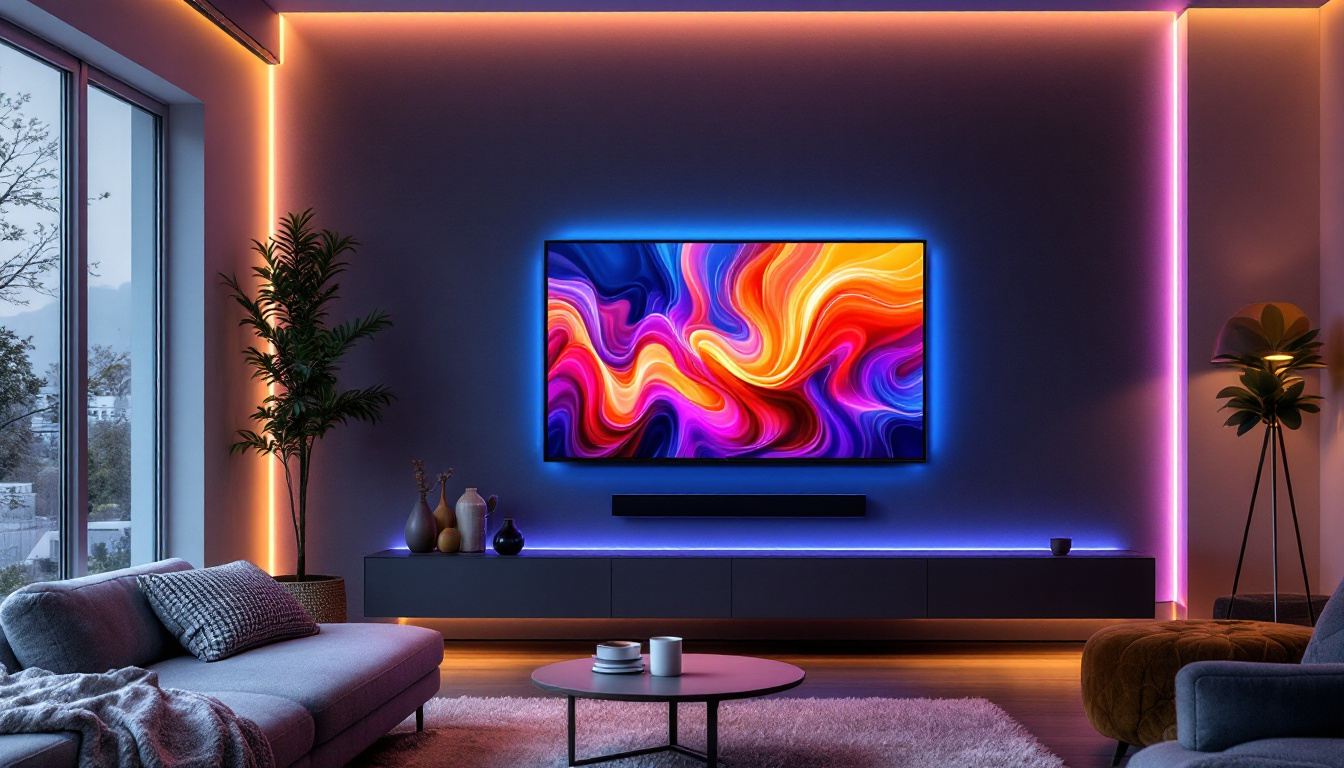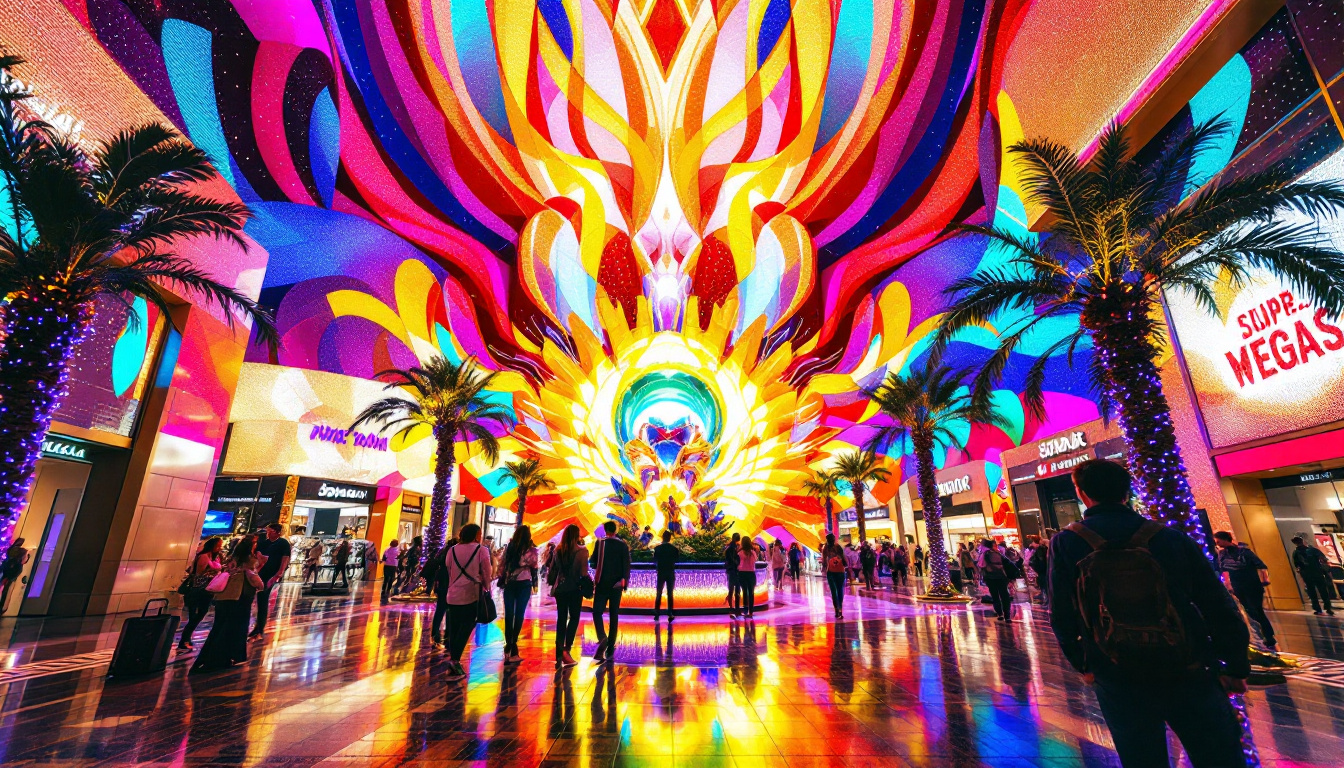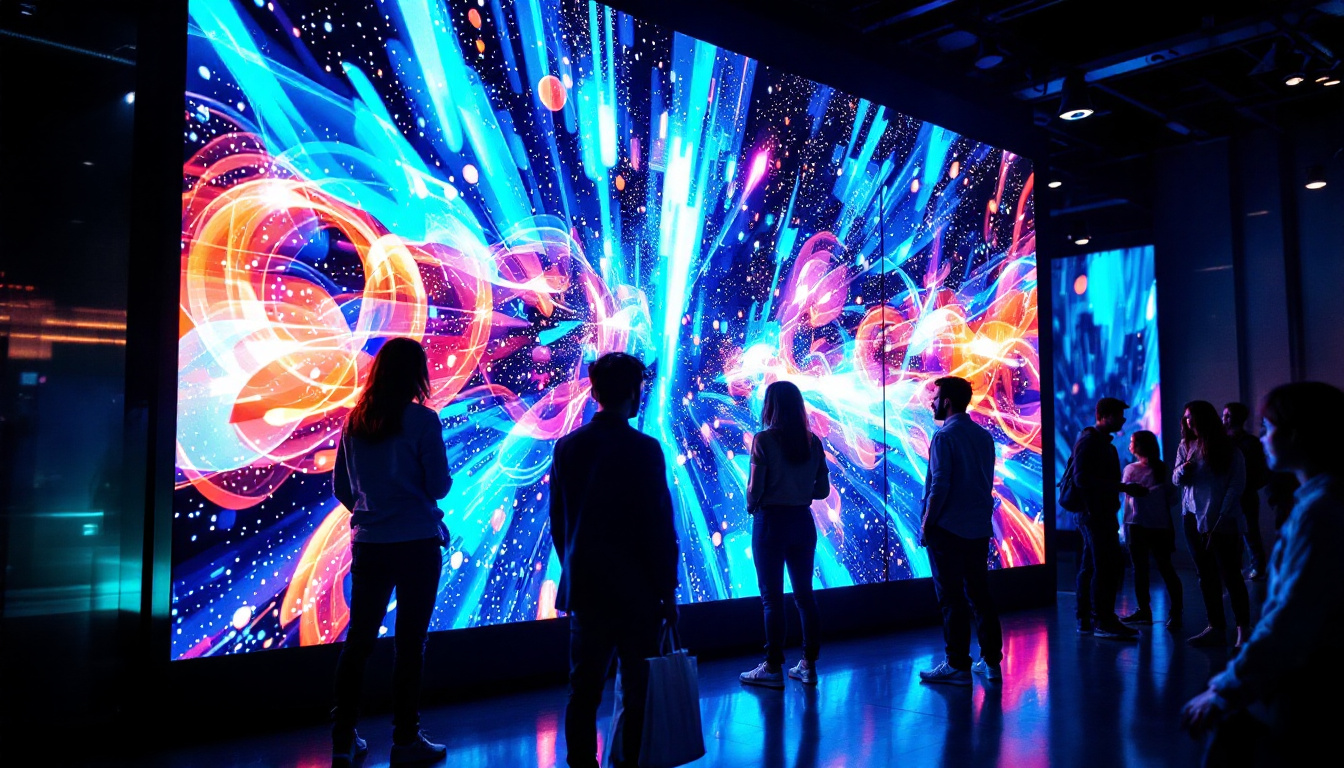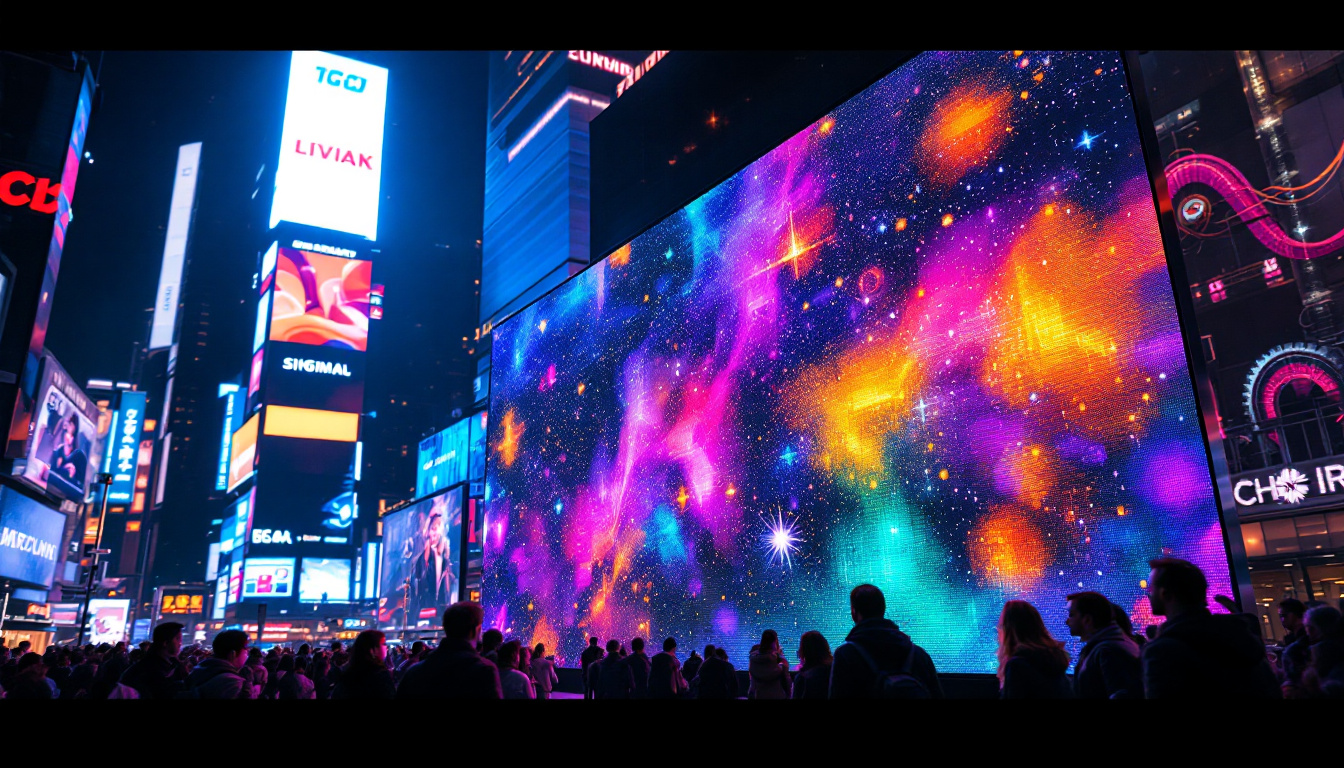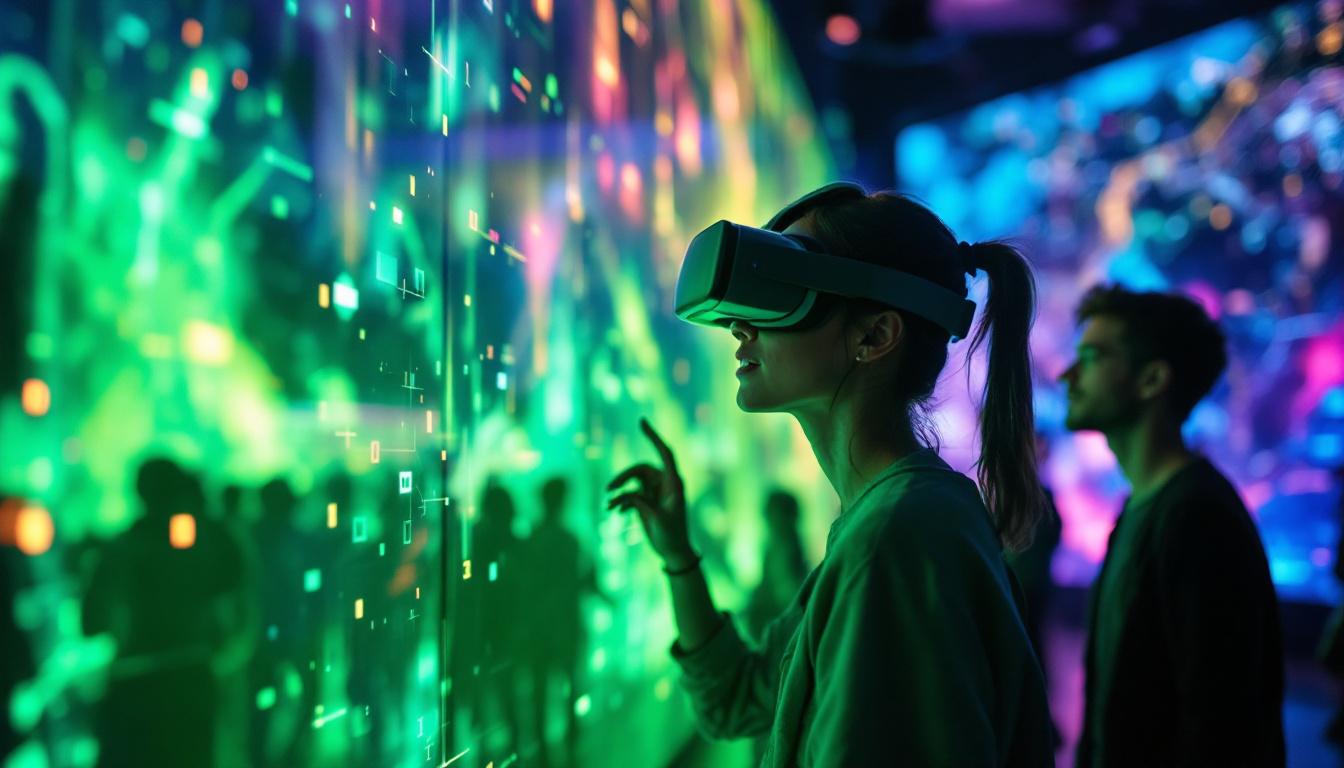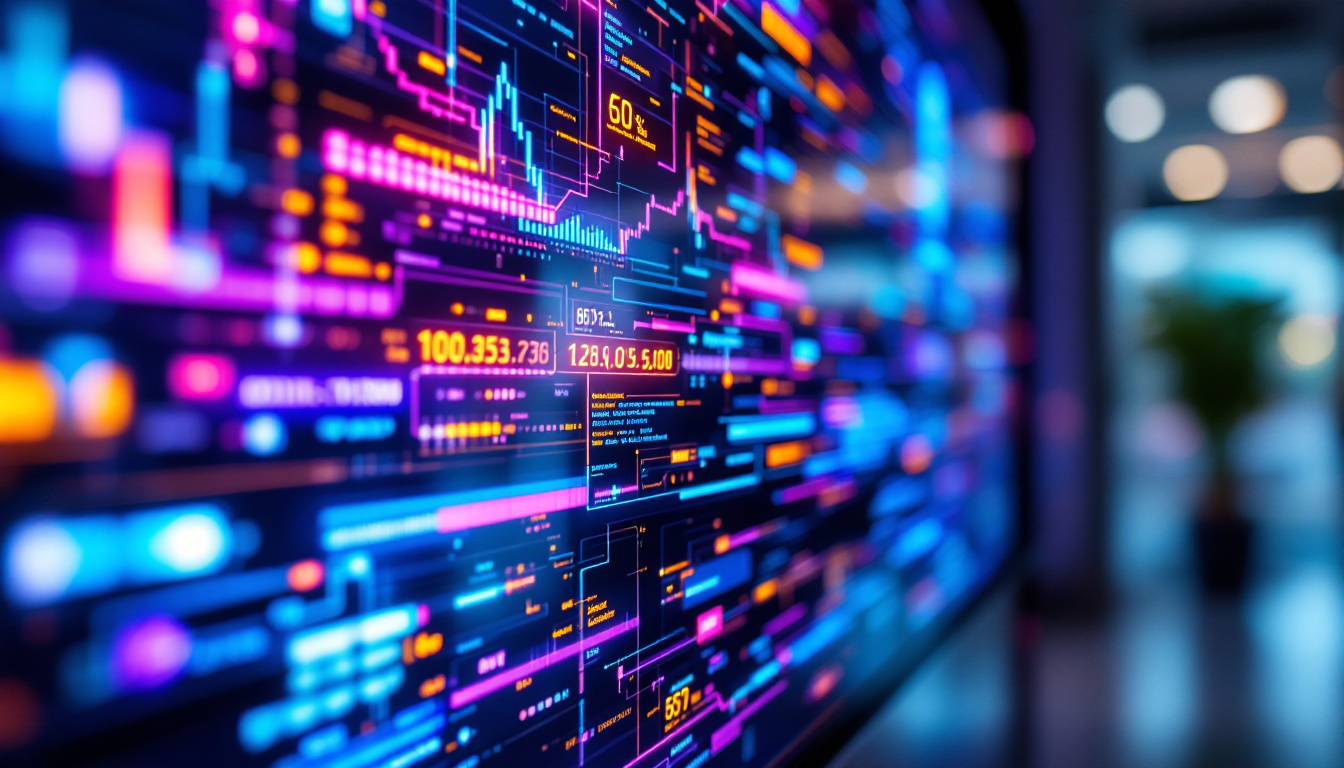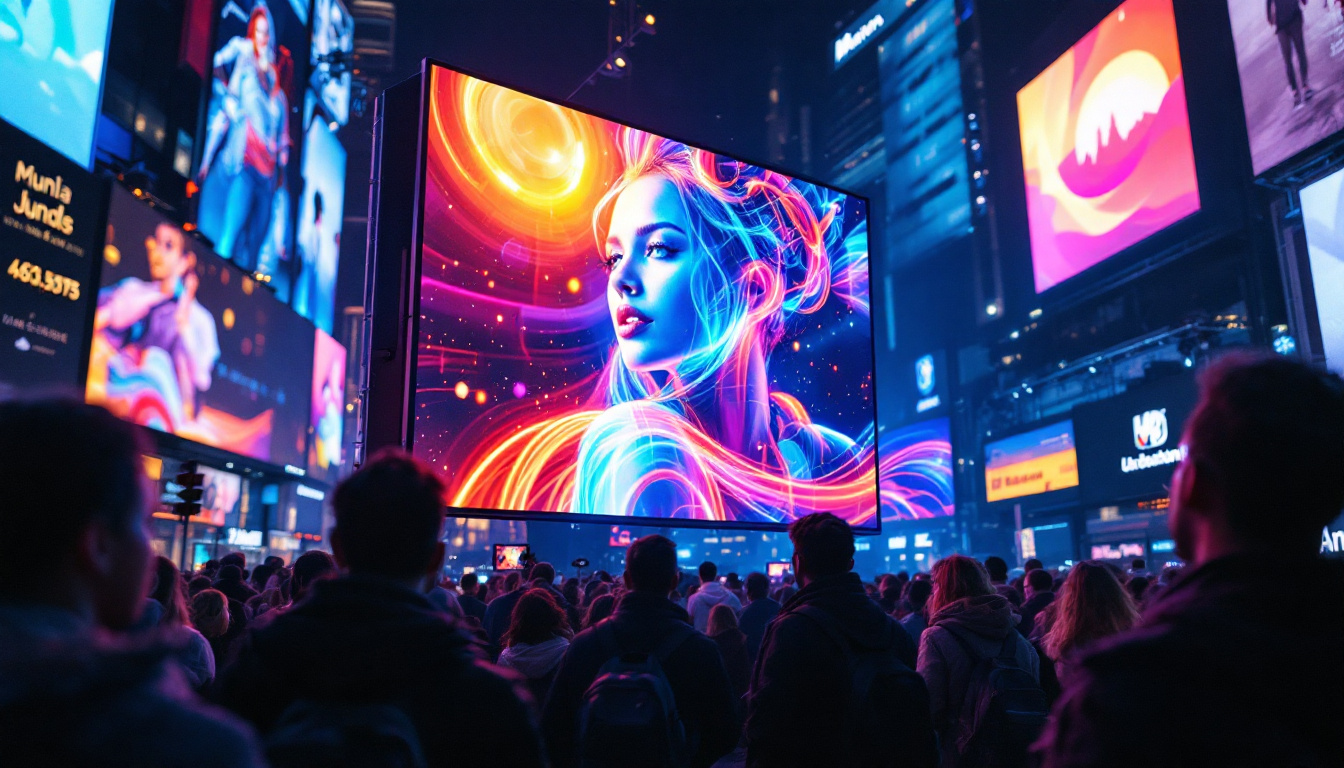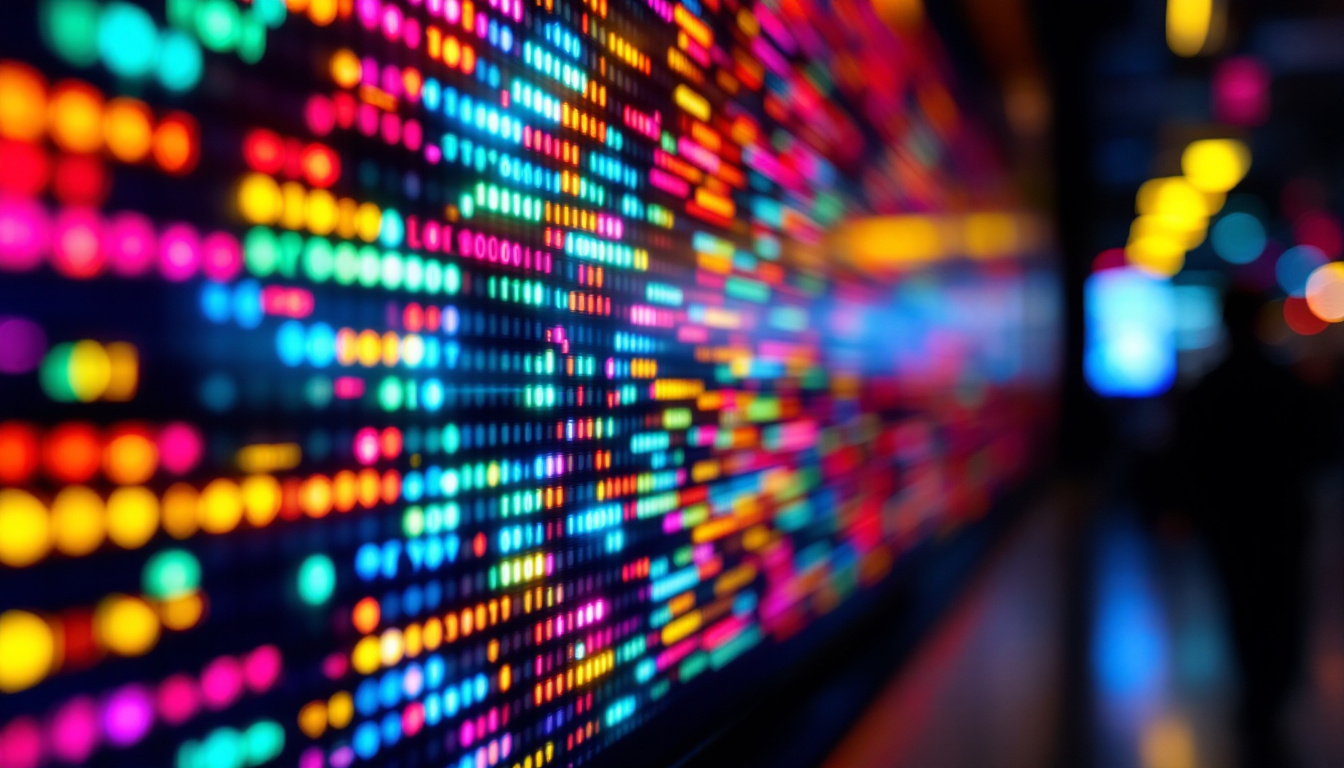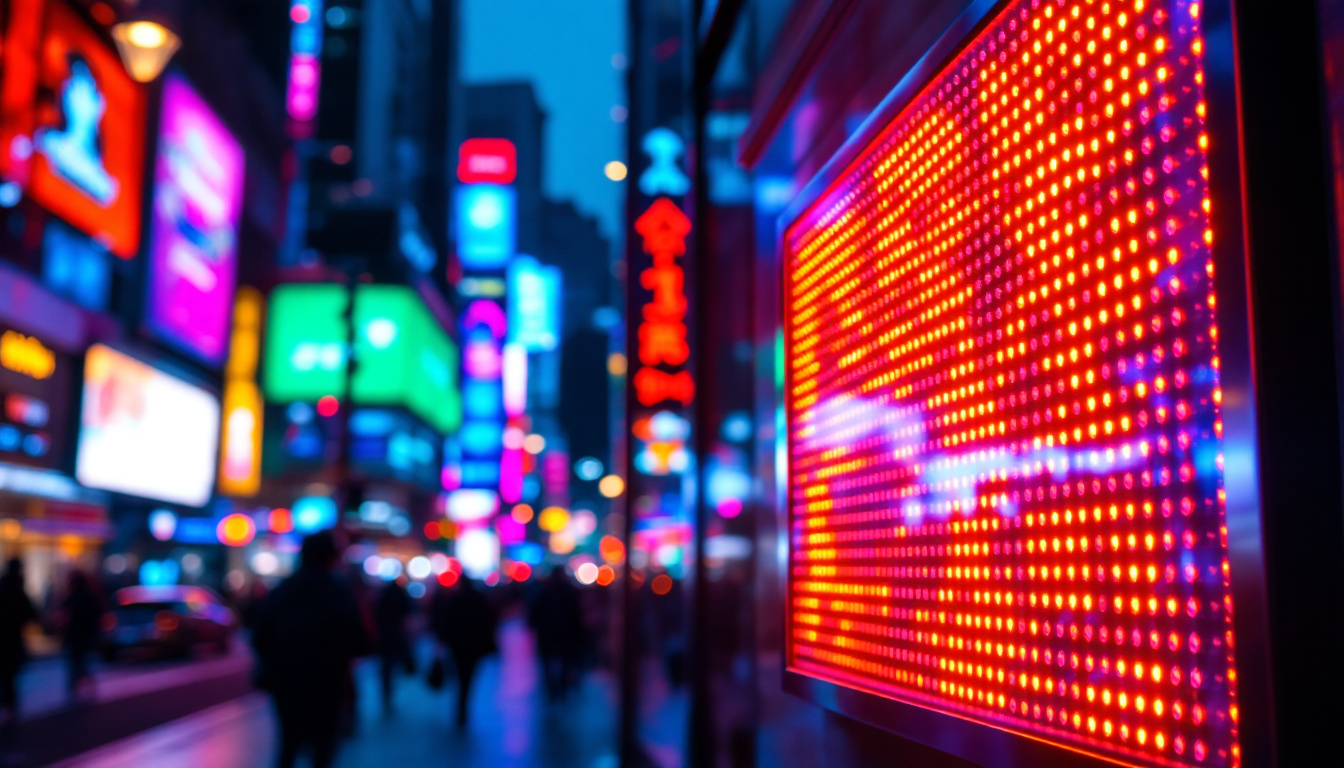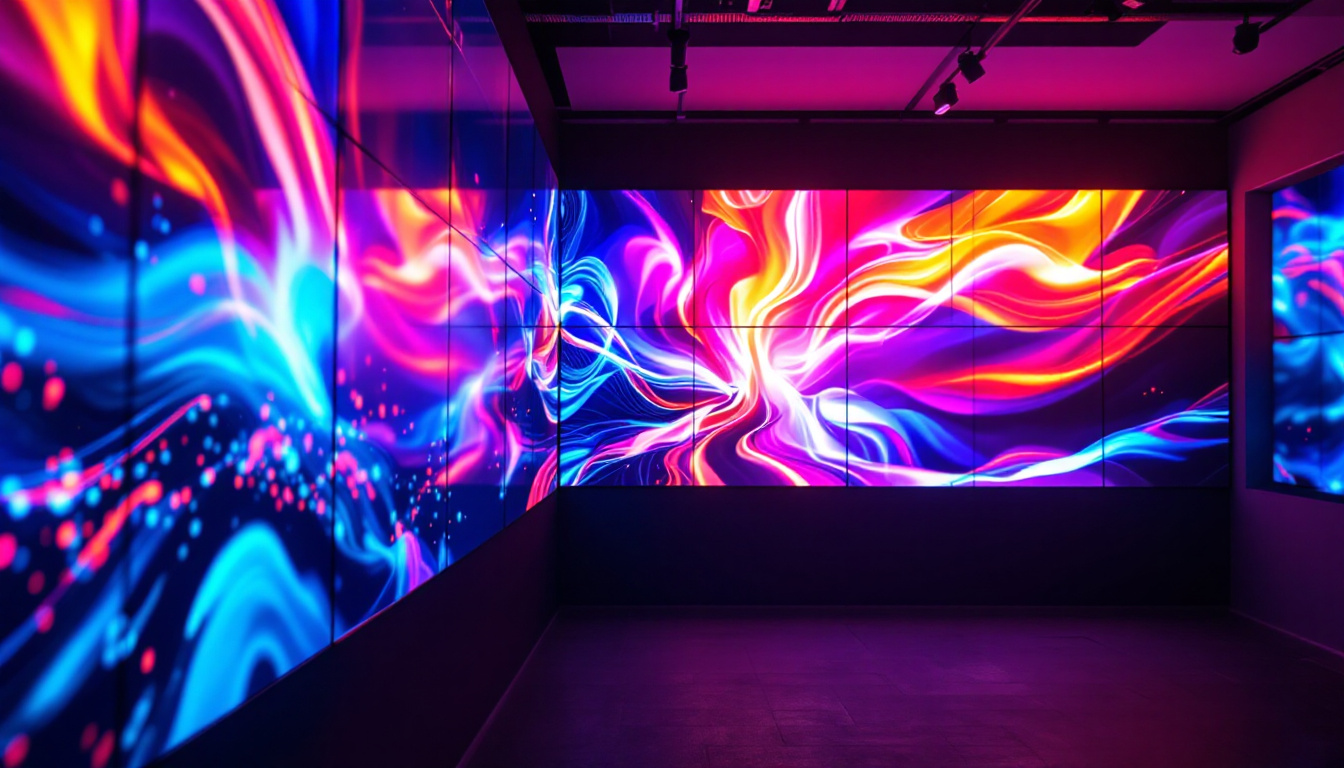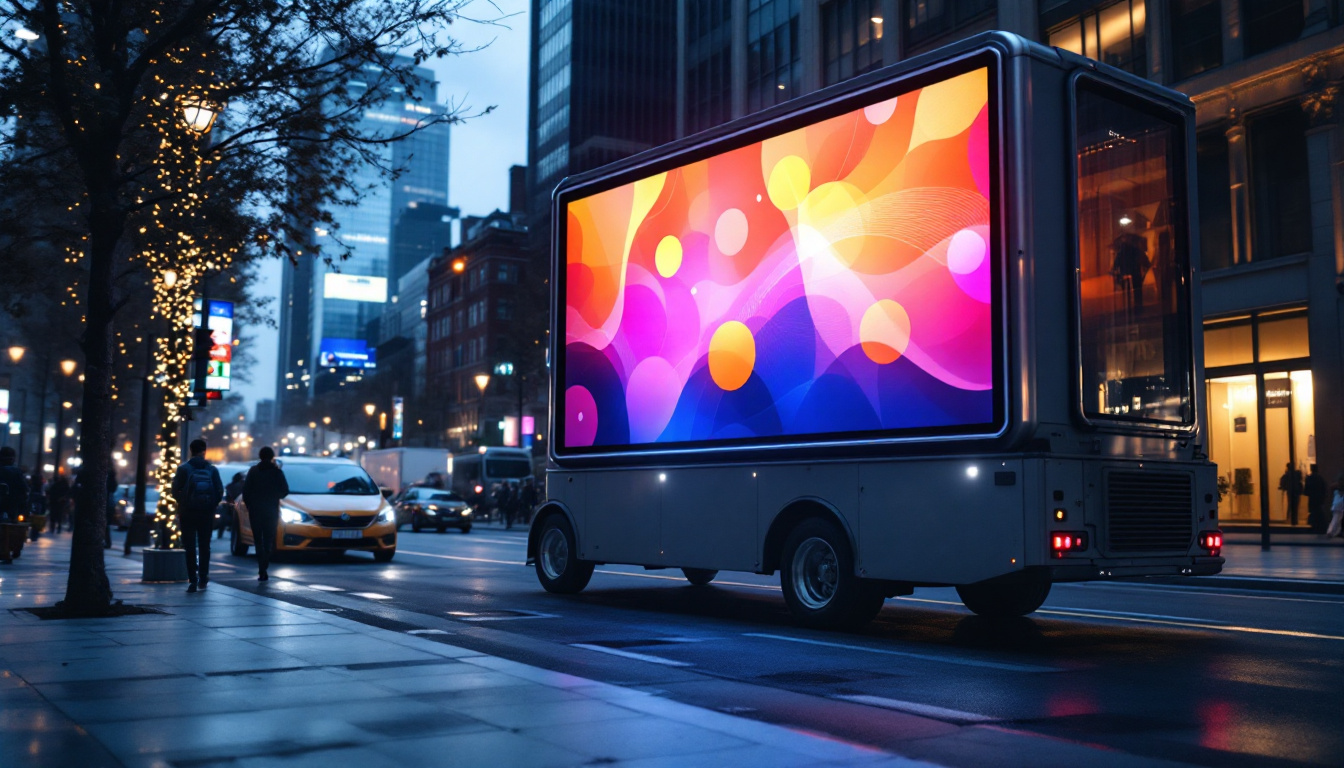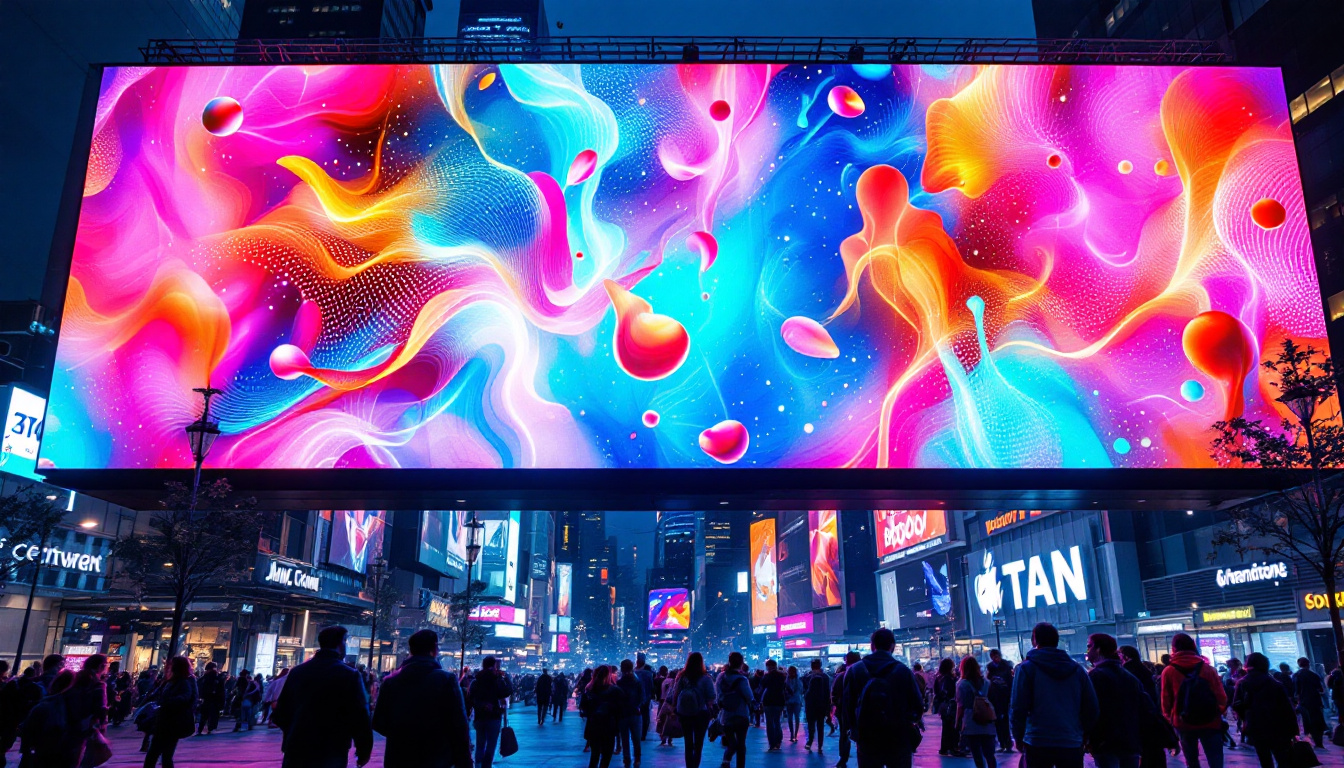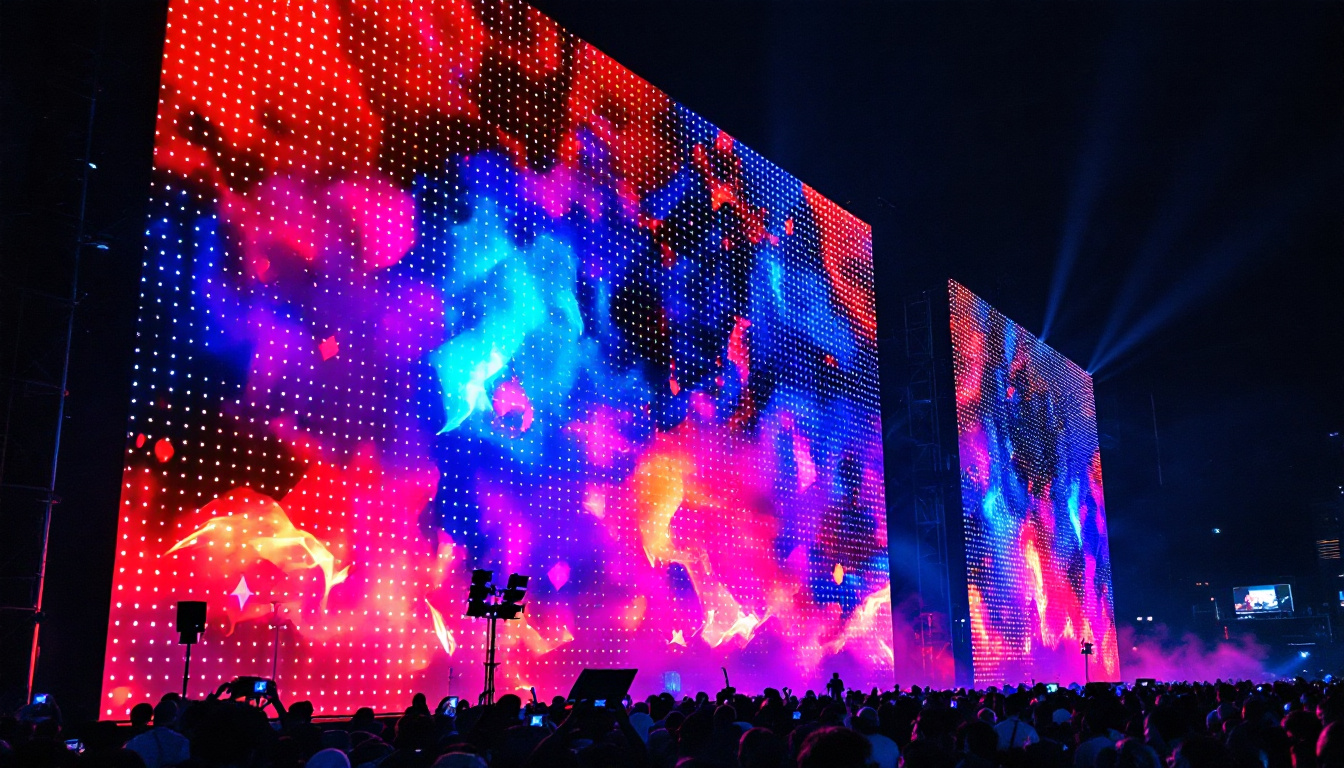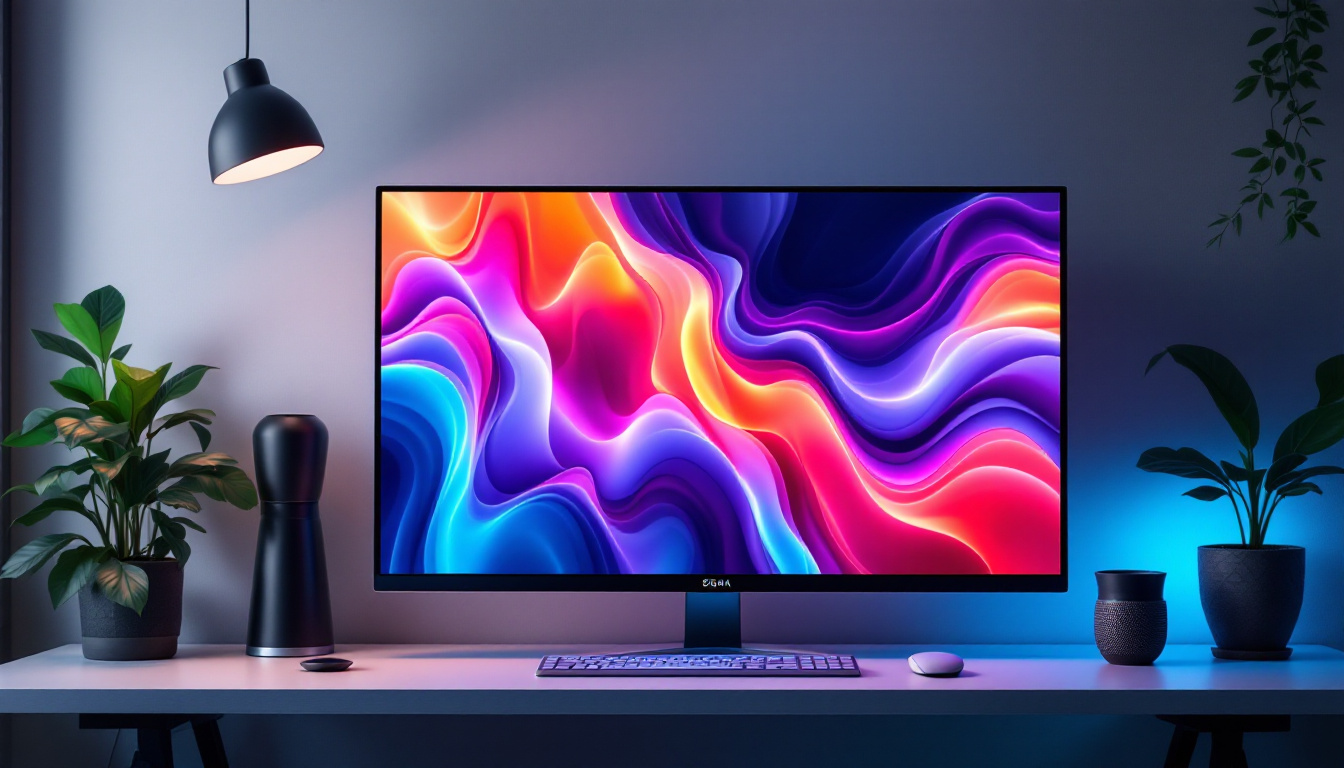In the realm of modern visual communication, video walls have emerged as a powerful tool for delivering dynamic content. These large-scale displays, often composed of multiple LED panels, create an immersive viewing experience that captivates audiences in various settings, from corporate environments to entertainment venues. This article delves into the intricacies of LED video wall solutions, exploring their technology, applications, and benefits.
Understanding LED Technology
LED, or Light Emitting Diode, technology has revolutionized the way visual content is displayed. Unlike traditional LCD screens, LED displays utilize a matrix of tiny light-emitting diodes to produce images. This technology not only enhances brightness but also improves color accuracy and energy efficiency. The shift from older technologies to LED has been driven by the demand for more vivid and dynamic displays that can cater to a variety of settings, from home entertainment systems to large-scale advertising billboards.
The Basics of LED Displays
At the core of LED technology is the concept of pixel density, which refers to the number of pixels per unit area. Higher pixel density results in sharper images, making it crucial for applications where detail is paramount. LED displays can be categorized into two main types: direct view and backlit. Direct view LED displays are often used in video walls, providing seamless images without the bezels that can interrupt the visual flow. This seamlessness is particularly beneficial in environments such as stadiums or concert venues, where a continuous visual experience is essential for audience engagement.
Types of LED Displays
There are several types of LED displays available in the market, each designed for specific applications. Indoor LED displays are optimized for low-light environments, offering vibrant colors and high contrast ratios. Outdoor LED displays, on the other hand, are built to withstand harsh weather conditions, featuring enhanced brightness to combat sunlight glare. These outdoor displays often incorporate protective measures such as weatherproof casings and anti-glare technology, ensuring that the visuals remain clear and impactful regardless of the surrounding conditions.
Additionally, there are fine-pitch LED displays that boast extremely high pixel densities, making them ideal for close-up viewing in environments like control rooms or broadcast studios. These displays allow for intricate details to be seen clearly, which is crucial for tasks such as video editing or monitoring live feeds. Furthermore, advancements in LED technology have led to innovations such as flexible LED screens, which can be shaped to fit unique spaces and designs, opening up new possibilities for creative installations in both commercial and artistic contexts. Understanding these variations is essential for selecting the right video wall solution, as the choice can significantly affect the viewer’s experience and the overall effectiveness of the display in conveying its intended message.
Applications of Video Walls
Video walls are versatile solutions that find applications across various industries. Their ability to deliver engaging content makes them a preferred choice for advertising, entertainment, and information dissemination.
Corporate Environments
In corporate settings, video walls are often used for presentations, conferences, and as part of digital signage strategies. They facilitate effective communication by displaying real-time data, videos, and graphics that can enhance decision-making processes. Moreover, they can be integrated with collaboration tools, allowing remote teams to participate in meetings seamlessly. The flexibility of video walls also allows for customizable layouts, enabling companies to tailor the display to fit their specific needs, whether it’s a single large image or multiple smaller screens showing different content simultaneously. This adaptability not only fosters a more engaging environment but also encourages creativity and innovation among teams.
Entertainment and Events
The entertainment industry has embraced video walls for concerts, festivals, and sporting events. These large displays create a visually stunning backdrop, enhancing the overall experience for attendees. From live feeds to dynamic graphics, video walls can amplify the impact of performances, making them an essential element in modern event production. Additionally, video walls can be programmed to interact with the audience, creating immersive experiences that draw viewers in and keep them engaged. For instance, during a concert, the visuals can sync with the music, creating a cohesive atmosphere that elevates the performance to new heights. This level of interactivity not only captivates audiences but also encourages social media sharing, further extending the reach of the event.
Public Spaces and Transportation Hubs
In public spaces such as airports, train stations, and shopping malls, video walls serve as information hubs, providing travelers with real-time updates and advertisements. Their eye-catching nature draws attention, making them effective for marketing campaigns and information dissemination. The ability to update content remotely ensures that the information displayed is always current. Furthermore, video walls can be utilized to enhance the ambiance of these spaces, featuring art installations or community messages that resonate with the local culture. This not only enriches the environment but also fosters a sense of connection among visitors. By integrating interactive elements, such as touchscreens or QR codes, these video walls can also facilitate engagement, allowing users to access additional information or promotions at their fingertips, thereby enhancing the overall user experience.
Benefits of LED Video Walls
The advantages of LED video walls extend beyond their visual appeal. They offer a range of benefits that contribute to their growing popularity in various sectors.
High Visibility and Brightness
One of the standout features of LED video walls is their exceptional brightness. Unlike traditional displays, LED panels can maintain visibility even in brightly lit environments. This characteristic makes them ideal for outdoor applications, where sunlight can hinder the effectiveness of other display technologies.
Energy Efficiency
LED technology is known for its energy efficiency. Compared to older display technologies, LED panels consume significantly less power while delivering superior brightness and color quality. This not only reduces operational costs but also aligns with sustainability initiatives, making LED video walls an environmentally friendly option.
Seamless Integration and Scalability
LED video walls can be easily scaled to fit various spaces and requirements. Whether it’s a small conference room or a large stadium, these displays can be configured to meet specific needs. Additionally, they can be integrated with other technologies, such as content management systems and interactive touchscreens, enhancing their functionality.
Choosing the Right Video Wall Solution
When considering a video wall solution, several factors must be taken into account to ensure the chosen system meets the intended goals and objectives.
Assessing Space and Environment
The first step in selecting a video wall is assessing the intended space and environment. Factors such as viewing distance, ambient light conditions, and available wall space play a crucial role in determining the type and size of the LED display. For instance, fine-pitch displays are ideal for close viewing, while larger pixel pitches may be suitable for farther distances.
Content and Usage Requirements
Understanding the type of content that will be displayed is essential. Different applications may require varying levels of resolution and color accuracy. For instance, a display used for advertising may prioritize vibrant colors and high brightness, while one used for data visualization may require precise detail and clarity.
Budget Considerations
Budget is a critical factor in the decision-making process. While LED video walls can be a significant investment, the long-term benefits often justify the costs. It is essential to consider not only the initial purchase price but also installation, maintenance, and potential upgrades in the future.
Installation and Maintenance
Proper installation and maintenance are vital for ensuring the longevity and performance of LED video walls. A well-executed installation process can prevent common issues and enhance the display’s effectiveness.
Installation Process
The installation of an LED video wall involves several steps, including site assessment, structural support evaluation, and electrical considerations. Professional installation services are recommended to ensure that the display is mounted securely and configured correctly. This process may also involve calibrating the display to achieve optimal color and brightness levels.
Regular Maintenance
To keep LED video walls functioning at their best, regular maintenance is essential. This includes cleaning the panels, checking connections, and updating software as needed. Many manufacturers offer maintenance contracts that can help manage these tasks efficiently, ensuring that the display remains in top condition.
Future Trends in Video Wall Technology
The landscape of video wall technology is continuously evolving, with new advancements enhancing capabilities and user experiences. Staying informed about these trends can help organizations leverage the latest innovations.
Integration with Artificial Intelligence
One of the most exciting trends in video wall technology is the integration of artificial intelligence (AI). AI can be used to analyze viewer engagement, optimize content delivery, and even personalize experiences based on audience preferences. This level of interactivity can significantly enhance the effectiveness of video walls in various applications.
Increased Interactivity
As technology advances, the demand for interactive video walls is on the rise. Touch-sensitive displays and gesture recognition systems allow users to engage with content in real-time, creating immersive experiences. This trend is particularly evident in retail environments, where interactive displays can enhance customer engagement and drive sales.
Enhanced Connectivity and Content Management
With the rise of cloud technology, the ability to manage and update content remotely has become more accessible. Enhanced connectivity options allow organizations to control their video walls from anywhere, making it easier to deliver timely and relevant content. This flexibility is crucial in fast-paced environments where information needs to be updated frequently.
Conclusion
LED video walls represent a significant advancement in visual communication, offering unparalleled brightness, energy efficiency, and versatility. As organizations continue to seek innovative ways to engage their audiences, video walls will play an increasingly vital role in various sectors. By understanding the technology, applications, and benefits of LED displays, businesses can make informed decisions that enhance their communication strategies and drive success.
In a world where attention spans are short and competition for viewer engagement is fierce, investing in a quality video wall solution can provide a substantial return on investment. Whether for corporate presentations, entertainment events, or public information displays, LED video walls are poised to remain at the forefront of visual technology.
Discover LumenMatrix’s Advanced LED Display Solutions
Ready to elevate your visual communication and engage your audience like never before? Explore LumenMatrix’s comprehensive range of LED display solutions, designed to bring your content to life with unparalleled brightness and clarity. From Indoor and Outdoor LED Walls to Custom and Transparent Displays, LumenMatrix is at the forefront of innovation, ensuring your message resonates with impact. Check out LumenMatrix LED Display Solutions today and experience the future of digital signage.

